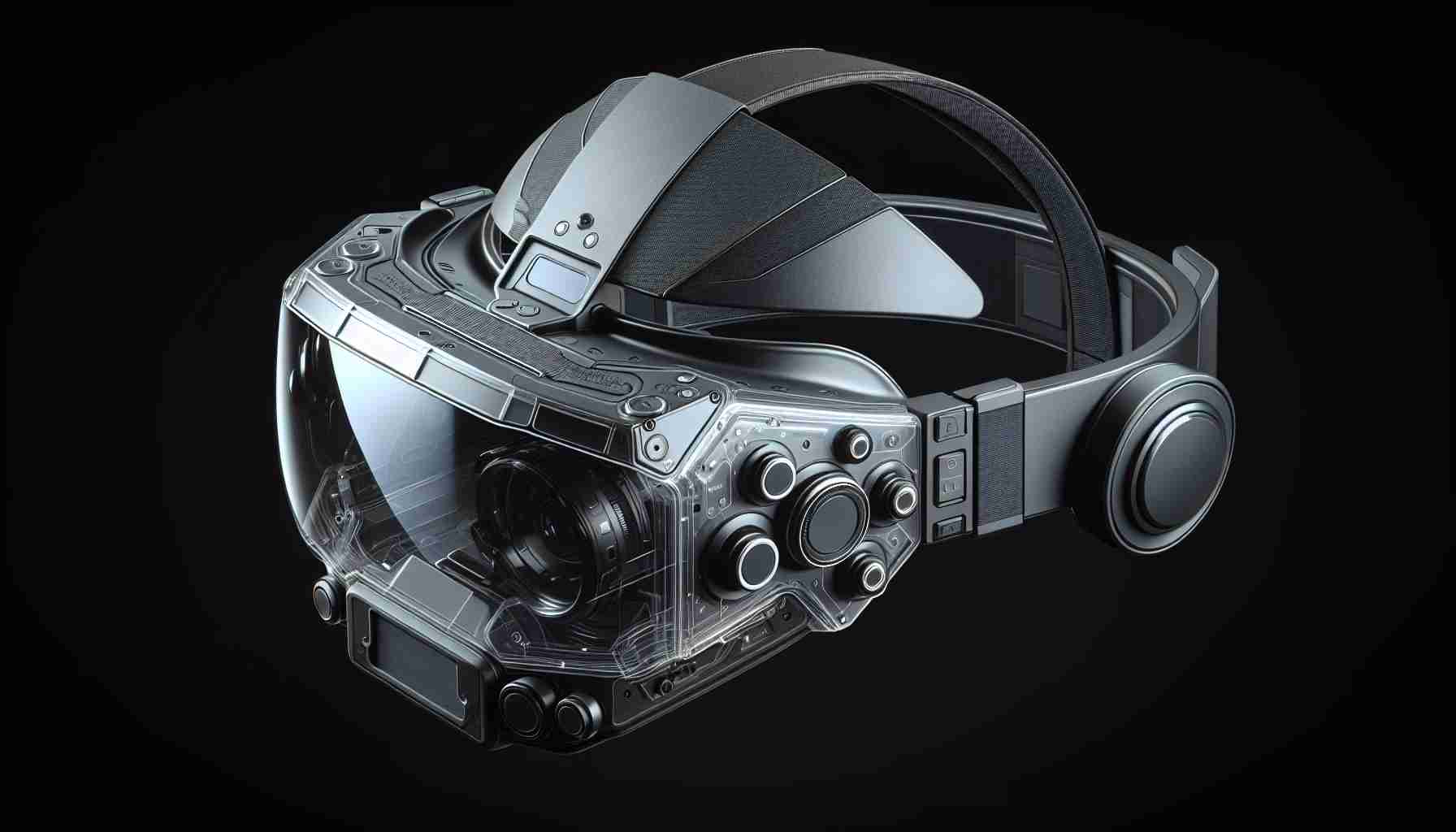The anticipated Samsung XR headset, developed in collaboration with Google, is facing significant delays, pushing its potential release to 2025 or even 2026. This situation raises concerns regarding its viability amid an evolving tech landscape. Unlike the Apple Vision Pro, which has experienced similar setbacks, the uncertain fate of Samsung’s headset casts doubt on whether it will ever make it to consumers.
While Apple’s offering showcases impressive technology, its steep price of $3,499 has limited its market appeal. Comparatively, potential Samsung products in the $2,499 range may still lack the distinct allure necessary to attract buyers, especially as brands like Meta disrupt the industry with innovative alternatives.
Among these alternatives are the forthcoming Meta Orion AR glasses, which have already captured the attention of tech enthusiasts. Even as a prototype, experts have praised Meta Orion for its compelling design and functionality; it presents a more accessible option compared to the bulkier traditional headsets. With the possibility of a quicker market entry, Meta may quickly eclipse Samsung’s XR efforts, especially if they unveil a consumer version in advance.
Although Samsung and Google have indicated that more information about their project will come by the end of 2024, time is of the essence. As competition intensifies, there’s a growing sentiment that Samsung might benefit from pivoting its focus towards developing advanced smart glasses rather than continuing down a potentially outdated headset path.
The Future of Samsung’s XR Headset Remains Uncertain: Key Challenges and Prospective Insights
The race in the extended reality (XR) sector has intensified, leaving Samsung’s anticipated XR headset at a crossroads with several critical considerations looming on the horizon. With potential release timelines stretching into 2025 and beyond, significant questions arise regarding Samsung’s strategic position, technology readiness, and the competitive landscape.
Key Questions and Answers:
1. What are the main technological innovations expected in Samsung’s XR headset?
Samsung’s XR headset is anticipated to incorporate cutting-edge features such as improved displays with higher resolution, advanced spatial audio technologies, enhanced motion tracking, and seamless interoperability with other Samsung devices. However, specifics remain vague due to the lack of official announcements.
2. How does Samsung plan to compete against current market leaders?
For Samsung to carve out a significant market share, it must focus on differentiation through unique features and brand synergy within its ecosystem, potentially integrating XR capabilities with existing products like Galaxy smartphones and tablets.
3. What consumer needs is Samsung’s XR headset addressing?
The headset aims to meet the rising demand for immersive experiences in gaming, virtual collaboration, and educational tools. By identifying specific use cases that resonate with consumers, Samsung could enhance its appeal.
Challenges and Controversies:
The development of Samsung’s XR headset is marred by numerous challenges. The primary challenge is the evolving landscape dominated by rivals like Meta and Apple, both of which have established early market presence with distinctive offerings. Moreover, there are concerns regarding Samsung’s ability to deliver a product that meets or exceeds consumer expectations, especially after prolonged development delays.
Another controversy stems from the integration of XR technologies into privacy considerations. As evidenced by past incidents, consumers are increasingly wary of data security, raising apprehensions about how Samsung might address these issues within its XR functionality.
Advantages and Disadvantages:
Advantages:
– Brand Recognition: Samsung’s global presence and strong brand loyalty provide a solid foundation for introducing a new device.
– Technological Synergy: The integration of XR capabilities with Samsung’s vast array of existing products could enhance user experience significantly.
– Innovation Potential: As a leader in display technology, Samsung is well-positioned to deliver high-quality visuals in its XR devices.
Disadvantages:
– Delayed Entry: As competitors advance their product offerings, Samsung risks losing its market advantage due to extended development timelines.
– High Expectations: Consumers’ anticipation for leading-edge technology can lead to heightened scrutiny and criticism if the product fails to impress.
– Market Saturation: The XR market is becoming increasingly crowded, making differentiation a daunting task.
In conclusion, while Samsung’s XR headset has the potential to revolutionize the market, the path forward remains fraught with uncertainty. As the competition accelerates, Samsung must carefully navigate these challenges to ensure a successful launch and viable product offerings.
For more information about Samsung’s innovations, visit Samsung.










